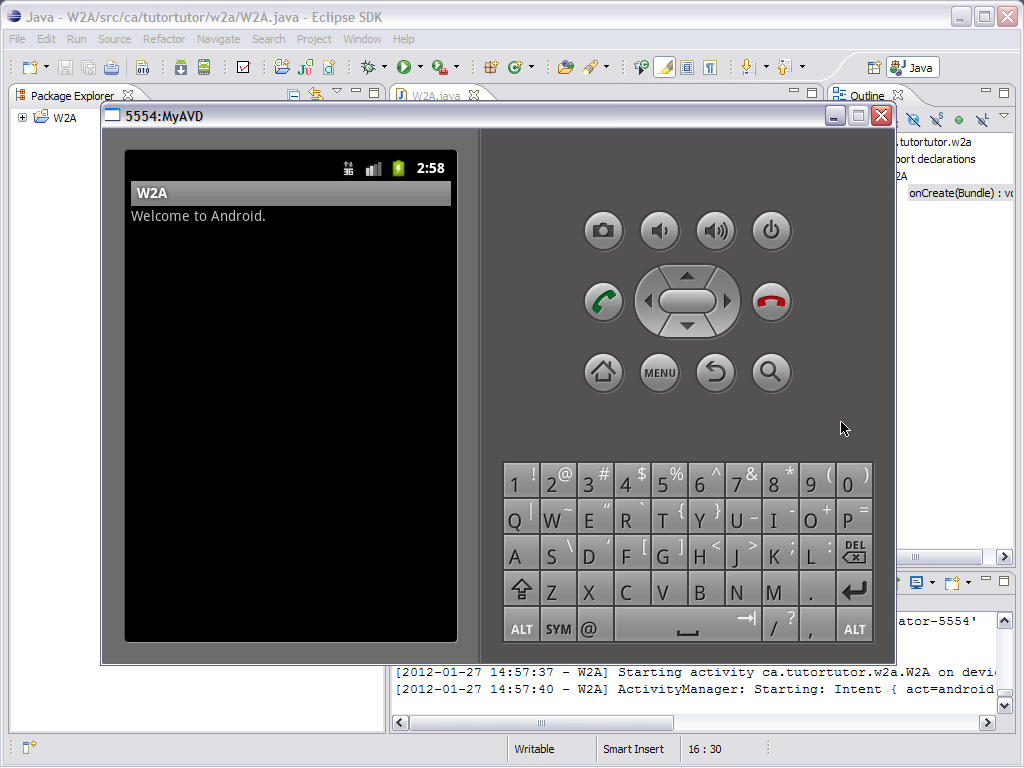

- #Eclipse android emulator for mac for mac os
- #Eclipse android emulator for mac install
- #Eclipse android emulator for mac for android
Starting Appium server (Mac machine) from eclipse code (Windows Machine) is not straignt forward. Static DefaultExecutor executor = new static void setUp() throws Exception ’)”) Įxecutor.execute(killNode,resultHandler) Įxecutor.execute(killPlayer,resultHandler) Static DefaultExecuteResultHandler resultHandler = new DefaultExecuteResultHandler()

#Eclipse android emulator for mac install
Also, install the Android Version (5.0.1) in which your application works.Under Tools, Make sure you do have Android SDK Tools, Android SDK Platform-tools, Android SDK Build-tools installed.On Mac or Linux, open a terminal and navigate to the tools/ directory in the Android SDK, then execute android sdk.Download the SDK tools appropriate for your platform. We can add the required packages later using Android SDK Manager. Android Studio is not required and just the Android SDK is sufficient. Once the virtual device is created, try installing your android app, by drag and drop over the Virtual Device’s home screen. Step 4 : Setup Genymotion : In Genymotion or any emulator, Create a Android Virtual Device of your choice. Step 3 : Need to install a Emulator of your choice. Mac users move the Appium.app to the Applications folder. Mac & Windows users, choose the respective appium binary at Hope Linux follows the same pattern as that of Mac.
#Eclipse android emulator for mac for mac os
I have given the steps below for Mac OS & Windows. Constructive feedback is welcome to improve the post which helps users. Feel free to contact me in case of any issues during setup. Using the below steps, the reader can start the Appium Server programmatically, run the tests in Emulator.
#Eclipse android emulator for mac for android
I have given the steps to setup Appium Server for Android platform. Appium Server is really tricky to setup in Mac OS as there are multiple components to be integrated.


 0 kommentar(er)
0 kommentar(er)
